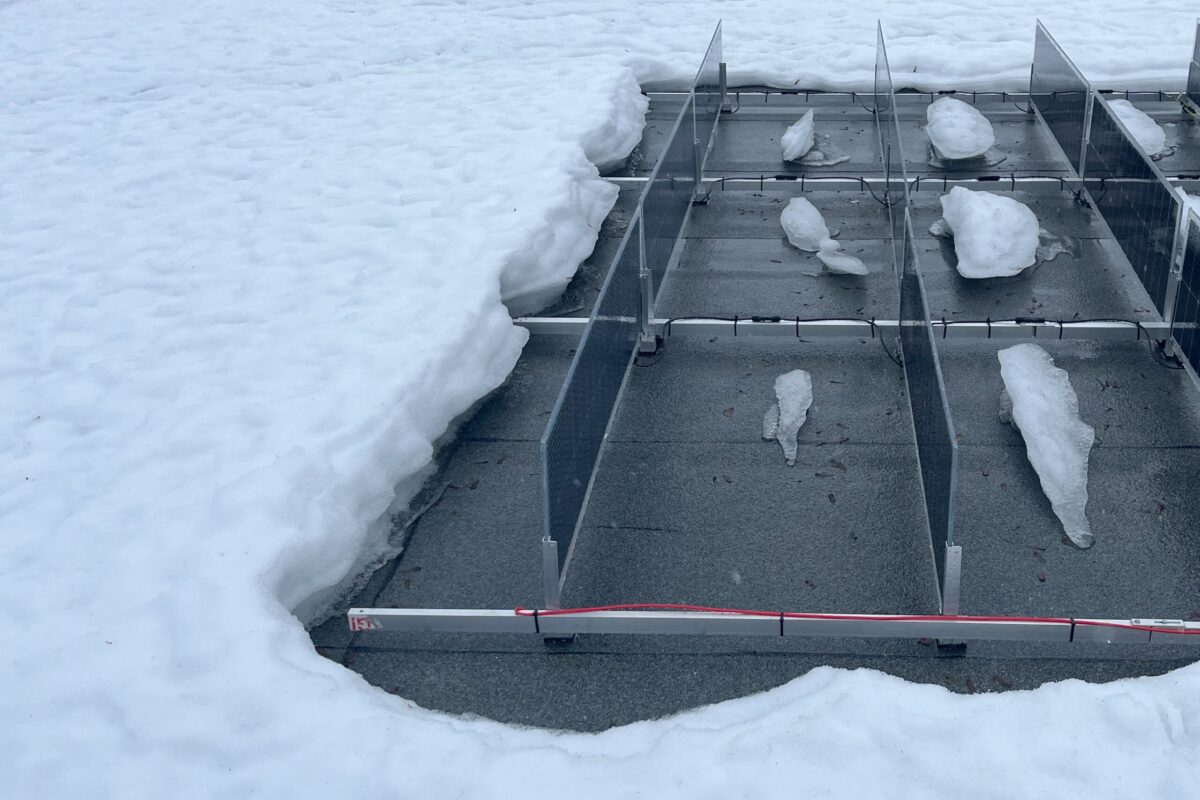From pv magazine USA
The nation’s largest approved solar and storage project has a secret. Beneath its record-break headline-size announcement is a “hidden” second power plant. And it’s driven by two of the most important clean energy trends: low-cost solar panels and advancing battery technology.

This hidden power plant comprises 2.4 GW of solar modules and 7.2 GW of energy storage, all feeding into a 1.2 GW grid interconnection. In practice, this means the Sunstone Solar Project will generate significantly more electricity than a typical solar plant, store the excess in batteries, and supply it to the grid well into the evening.
pv magazine USA reached out to Pine Gate to ask how they plan to structure electricity sales and for their perspective on the project’s unique sizing but received no comment.
According to the US Department of Energy’s Energy Information Administration, the average ratio of solar modules (DC capacity) to inverter sizing and grid connection (AC capacity) has been about 1.25:1 over the past few years. For this project, also known as the “DC-to-AC Ratio” or “Inverter-Load Ratio,” the figure is 2:1.

Historically, solar developers have kept the DC-to-AC ratio near 1.25:1 to avoid “clipping,” where electricity production on sunny days exceeds inverter capacity and is effectively wasted. Battery manufacturer Fluence created the animation above to illustrate how pairing batteries with a high DC-to-AC ratio solar plant can capture this otherwise clipped electricity for use in the evening.
One of the unique benefits of adding extra solar modules is that they cost less on a per-unit basis than in a standard plant. Since the inverters, interconnection and various overheads are already accounted for, the additional costs are mainly for racking, modules, conduit, copper and support gear. According to Fluence, these extra panels are estimated to cost about 40% less than a conventional installation.
To explore the Sunstone power plant’s output, pv magazine USA used the Solesca solar design tool to estimate how long it would take 2.4 GW of solar electricity to pass through a 1.2 GW interconnection. We modeled a 1.01 MW single-axis tracking solar plant located at Sunstone’s Oregon site, which would deliver about 1,743 MWh of electricity to the grid annually.
To continue reading, please visit our pv magazine USA website.
This content is protected by copyright and may not be reused. If you want to cooperate with us and would like to reuse some of our content, please contact: editors@pv-magazine.com.



By submitting this form you agree to pv magazine using your data for the purposes of publishing your comment.
Your personal data will only be disclosed or otherwise transmitted to third parties for the purposes of spam filtering or if this is necessary for technical maintenance of the website. Any other transfer to third parties will not take place unless this is justified on the basis of applicable data protection regulations or if pv magazine is legally obliged to do so.
You may revoke this consent at any time with effect for the future, in which case your personal data will be deleted immediately. Otherwise, your data will be deleted if pv magazine has processed your request or the purpose of data storage is fulfilled.
Further information on data privacy can be found in our Data Protection Policy.